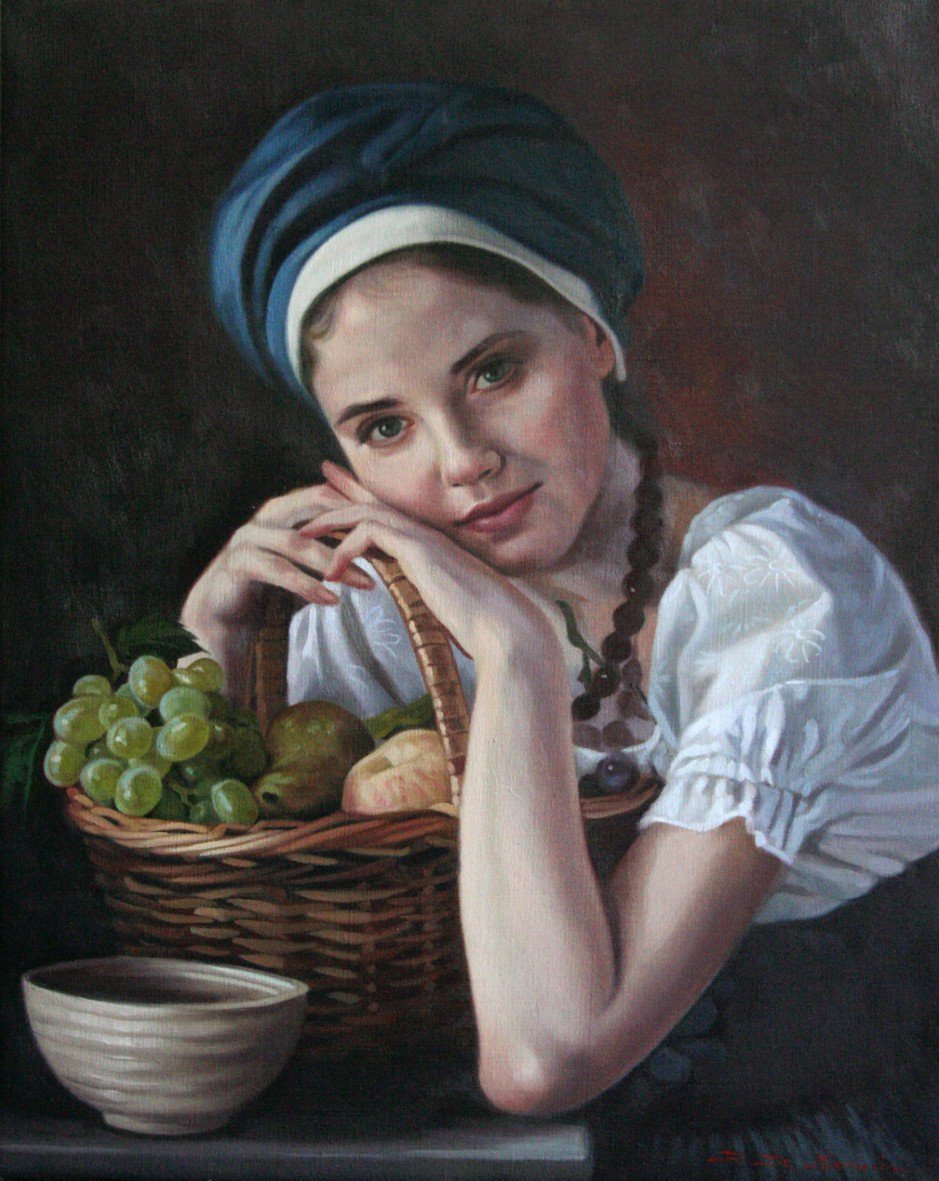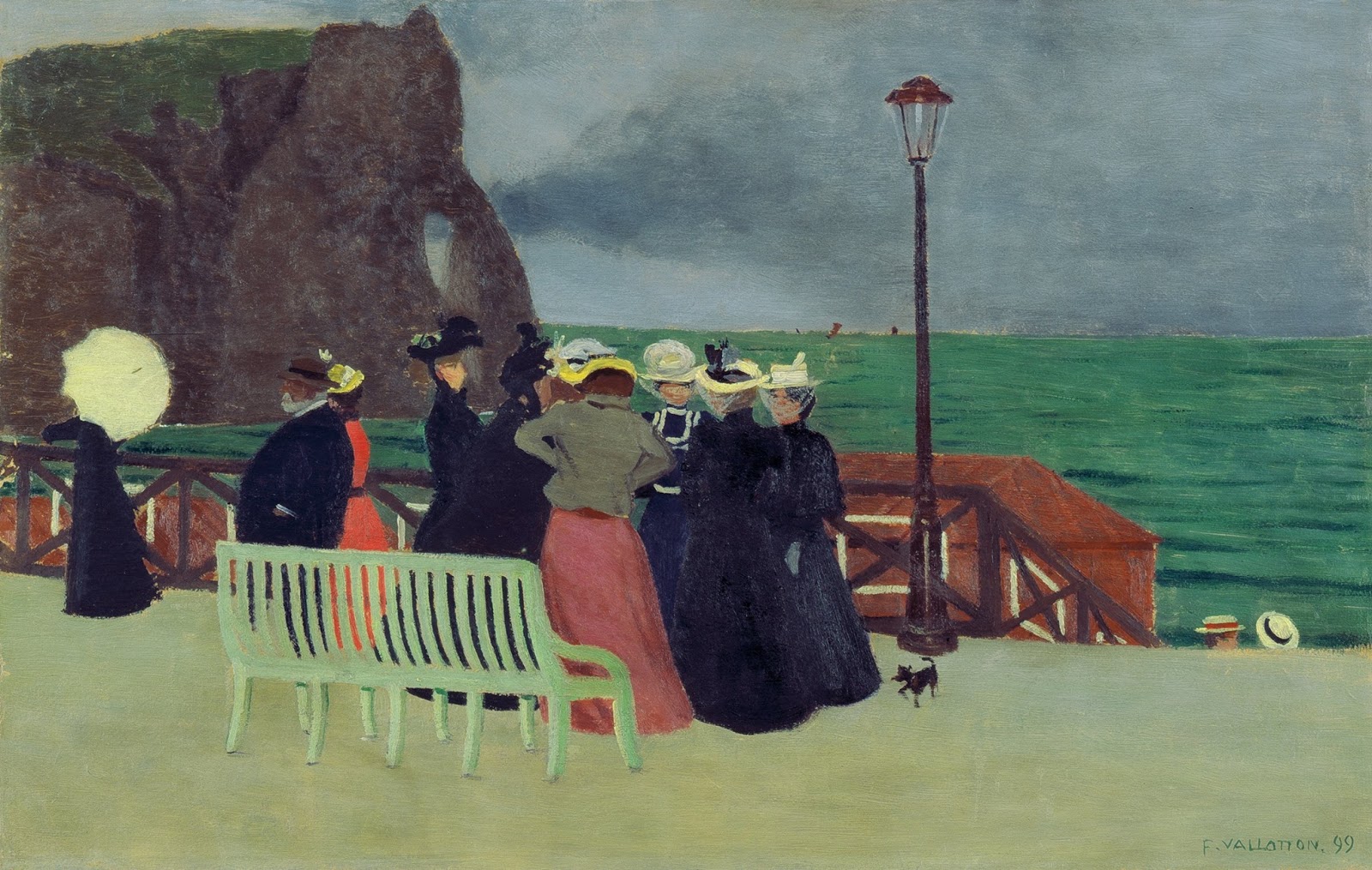Bosnian painter and engraver Safet Zec was born in Rogatica, Bosnia-Herzegovina.
After completing Art High School in Sarajevo, he continued his studies in Belgrade where he graduated at the Academy of Fine Arts in 1969.
"I am a figurative artist, but I am also a contemporary one", said Safet Zec.
"The way we look at the world has changed and I try to reflect this in my paintings".







